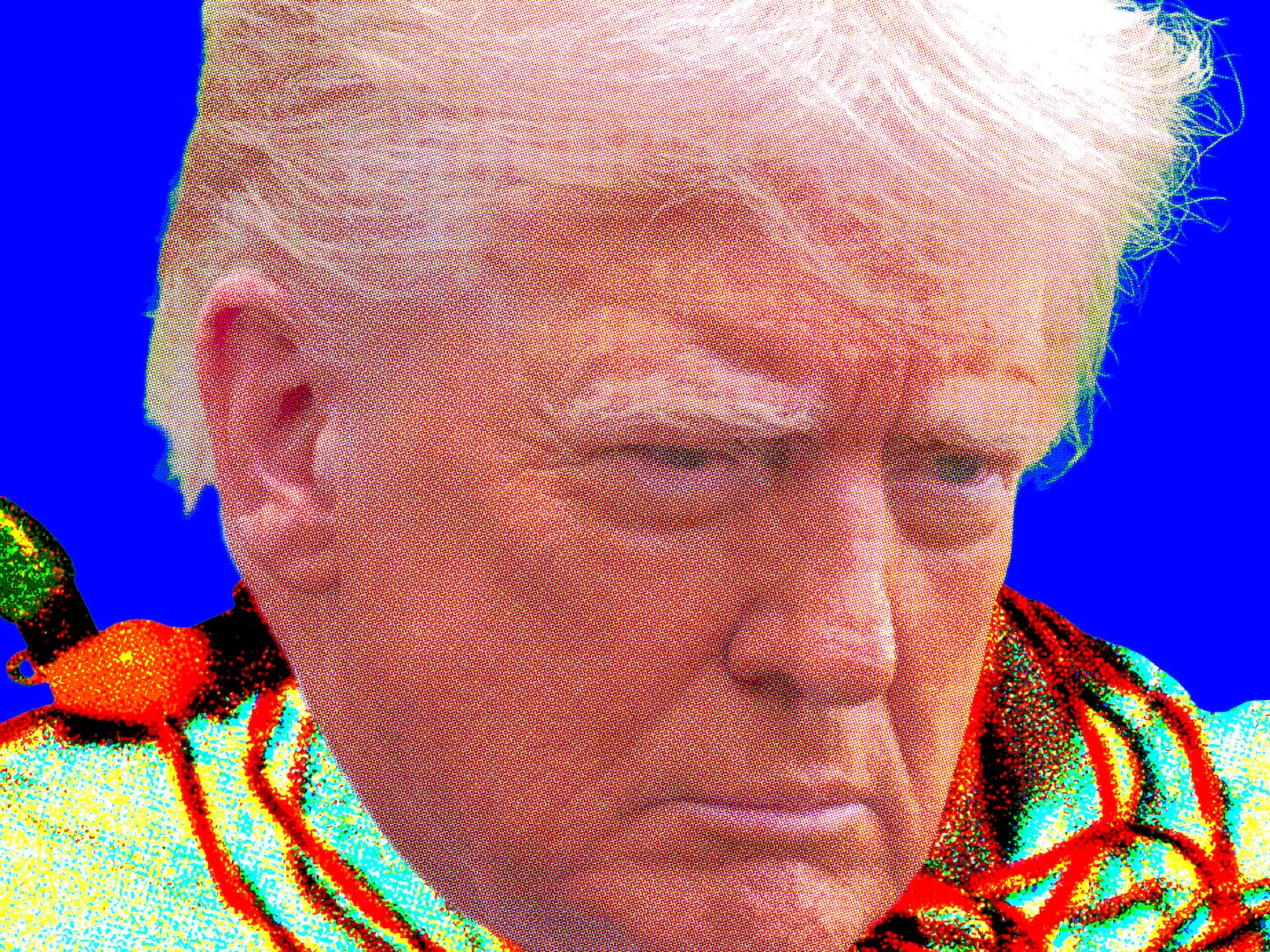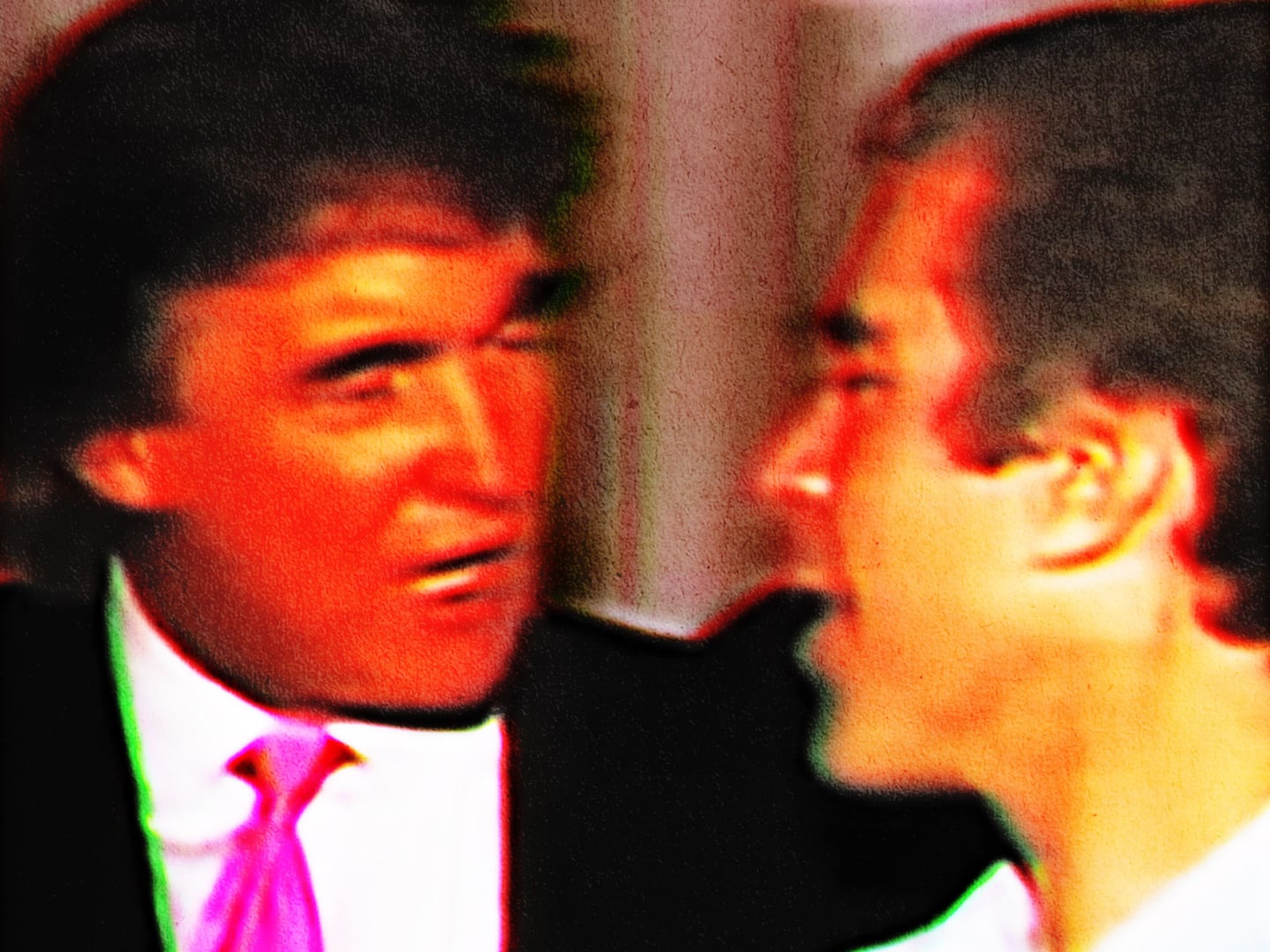This week the Virginia Flaggers celebrate their five-year anniversary. You may never have heard of this organization, but if you have traveled Virginia’s highways over the past few years you certainly have seen their handiwork. During this time the Flaggers have raised large Confederate battle flags along I-95, I-81, and I-64. In July 2015 the group raised a 30-by-50 foot flag near Danville, Virginia along the I-29 bypass. These flag raisings have been carried out in response to the steps taken by local governments, along with public and private institutions, to remove or re-locate Confederate iconography.
The organization has enjoyed steady coverage by local media outlets over the last five years, but few reporters have looked closely at Flagger membership or the individuals and organizations with which it has found common cause. Some of these individuals are directly connected with White Nationalist groups such as the League of the South, which openly promote white supremacy. Such a close association blurs the lines between legitimate concerns for the preservation of history and heritage and the racial politics of the present.
The core of the Virginia Flaggers was organized by Susan Hathaway in 2011 in response to the removal of a Confederate battle flag in front of Confederate Memorial Chapel in Richmond, Virginia, which at one point was part of a soldiers’ home for Confederate veterans. The property is now owned and operated by the Virginia Museum of Fine Arts (VMFA). According to the Flaggers, the Confederate battle flag ought to be celebrated, along with the men who fought under it. Their understanding of the war falls neatly within the confines of the Lost Cause narrative: Slavery had nothing to do with the cause of the war; relations between white and black Southerners were peaceful before the war; the Confederacy fought solely for states’ rights; and African Americans supported the cause in large numbers. According to Hathaway, “As sons and daughters of the South, we have inherited a birthright. Ours is a proud heritage.”
Early on the Flaggers remained focused on the VMFA by staging weekly protests in front of the chapel, but they quickly expanded their reach across Virginia. In 2012 they protested the opening of the Museum of the Confederacy’s new branch at Appomattox for refusing to fly the battle flag outside of the building, even though the museum preserves and exhibits one of the largest collection of wartime flags inside. Beginning in 2013 their focus shifted to Lexington, where the city council was deciding whether to discontinue the practice of allowing the display of Confederate flags on city-owned light poles for the annual gathering of the Sons of Confederate Veterans. Their protests and threats to boycott city businesses failed to prevent Lexington from discontinuing the practice. Shortly thereafter Washington & Lee University, also located in the city, chose to remove Confederate battle flags from inside Lee Chapel, where the general is buried.
In the face of these defeats the Flaggers chose to take the offensive by buying small plots of land along Virginia highways for their Confederate battle flags. The raising of the first flag along I-95, just south of Richmond, received a good deal of media attention. Hathaway hoped that these flags would serve as a “living, breathing memorial to our Confederate dead.” Increased publicity, however, brought the Flaggers into closer contact with individuals whose interests in the Confederate battle flag extended far beyond commemorating the dead. In 2012 the Flaggers were photographed parading with Matthew Heimbach. Heimbach was the founder of Towson State’s White Student Union and Towson’s Youth for Western Civilization. In 2014 he became the League of the South’s training director and is considered by the Southern Poverty Law Center to be the “new face of white nationalism.”
In response to the twin defeats in Lexington, the Virginia Flaggers raised a battle flag on the property of Raymond Agnor along I-81, just north of the city. Shortly after the flag raising, Agnor took out an ad in a local newspaper stating in no uncertain terms that, “No black people or democrats are allowed on my property until further notice.” “I don’t want them on my property,” he went on to say, “because I have seen what they did in Baltimore and Ferguson and other places.” While the Flaggers refused to respond to the controversy at the time there is every reason to believe that they share Agnor’s racial outlook.
The Confederate battle flag raised in Stafford County near Fredericksburg, Virginia is located on the property of Hubert Wayne Cash, who believes that “all blacks are a worthless bunch of freeloading, dangerous animals that should be put down like the dogs that they are.” He goes on, but you get the idea.
Last summer Susan Hathaway agreed to join Kirk Lyons of the Southern Legal Resource Center—an organization that the SPLC labels as “Extremist “—and James Bessenger of the South Carolina Secessionist Party for a flag raising ceremony to mark the one-year anniversary of the removal of the Confederate battle flag from the state house grounds in Columbia, South Carolina. This followed the mass shooting at a Charleston church by suspect Dylann Roof, who it was learned identified closely with Confederate iconography. Just before the event, which was scheduled for July 10, 2016, Hathaway canceled her appearance, but there is no indication that it had anything to do with the reputations of the other speakers.
The Flaggers have redoubled their efforts in the wake of the Charleston shootings and subsequent calls to remove Confederate flags and monuments from public spaces, but they have met with no success. Communities throughout Virginia continue to question the appropriateness of Confederate iconography in public spaces. The Flaggers have traveled to cities like Charlottesville and Danville to testify at city council hearings and remind community members that the wrong decision will be met with one or more flag raisings, but few people take them seriously.
This past week Alexandria, Virginia’s City Council voted unanimously to change the name of Jefferson Davis Highway and is looking into the removal of a Confederate soldier statue in the center of town as well. It is very likely that at some point the Virginia Flaggers will visit and may even find a small plot of ground to raise another one of their large battle flags. With each flag raising, however, the Flaggers reveal how very little influence they have had on these community debates and decisions. Instead, they are being left behind and exposed for the reactionaries that they are.
Their highway flags wave in the name of two lost causes, the first being the defeat of an army pledged to establish an independent slaveholding republic and the other, to try to justify it 150 years later. For the Virginia Flaggers, it has always been about “hate, not heritage.”
Kevin M. Levin is a historian and educator based in Boston. He is the author of Remembering the Battle of the Crater: War as Murder (2012) and is currently at work on Searching For Black Confederate Soldiers: The Civil War’s Most Persistent Myth. You can find him online at Civil War Memory and Twitter @kevinlevin.






